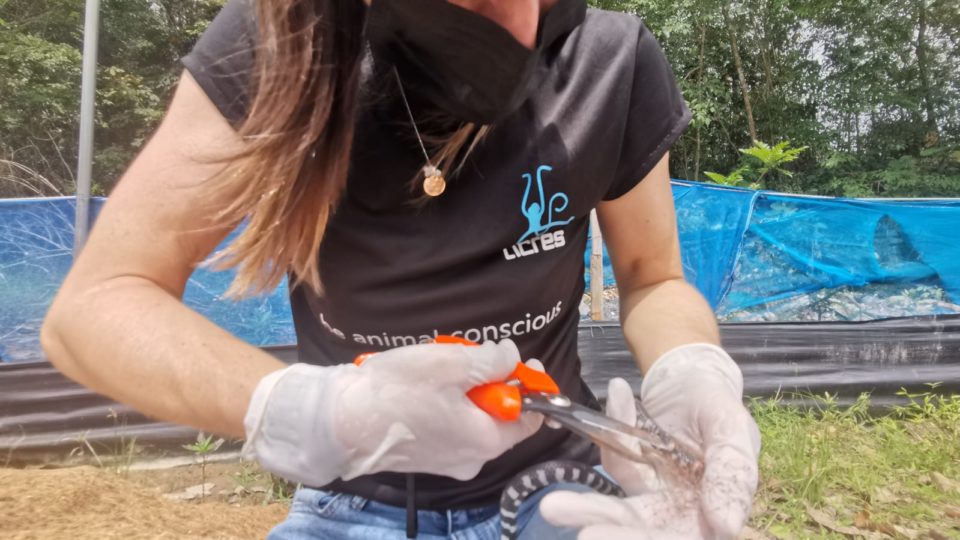Wildlife rescue group Animal Concerns Research & Education Society, or ACRES, is busier than it’s ever been.
The charity received 1,795 calls to its animal rescue hotline in March – about 58 calls a day – from members of the public seeking help with animals, a record high attributed to human activity surging back from pandemic levels at a time many species are out looking for mates.
The new record is a few hundred above the usual monthly call volume for the 20-year-old charity, where this writer also volunteers.
ACRES co-chief executive Kalai Vanan said that with more people out and about, venturing into green spaces and returning to work as COVID-19 restrictions loosen, there has been an increase in human-animal encounters.
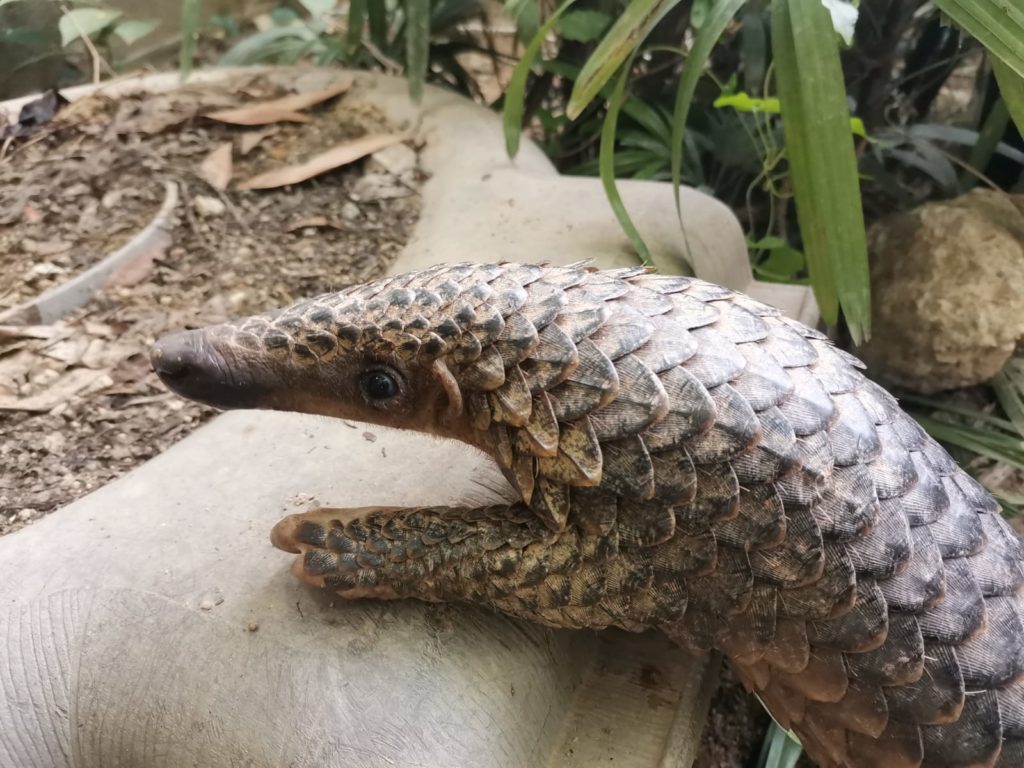
It’s also the breeding season for several species of birds, namely black-naped orioles, pink-necked green pigeons, sun birds, and yellow-vented bulbuls. People have been asking what to do when they find helpless-looking chicks, for which ACRES has some tips.
There have also been many calls about macaques hanging out in residential areas. Callers have been asking for monkeys to be captured and removed from their neighborhoods, Vanan said.
More calls about monkeys means more work for the ACRES’ wildlife management team, which is trying to encourage a spirit of coexistence with monkeys, animals that were around long before much of their forest home was converted into public housing and condos.
Clearing forests is another reason why human-animal conflict is becoming more common in Singapore, although Vanan said this does not explain the recent surge in cases.
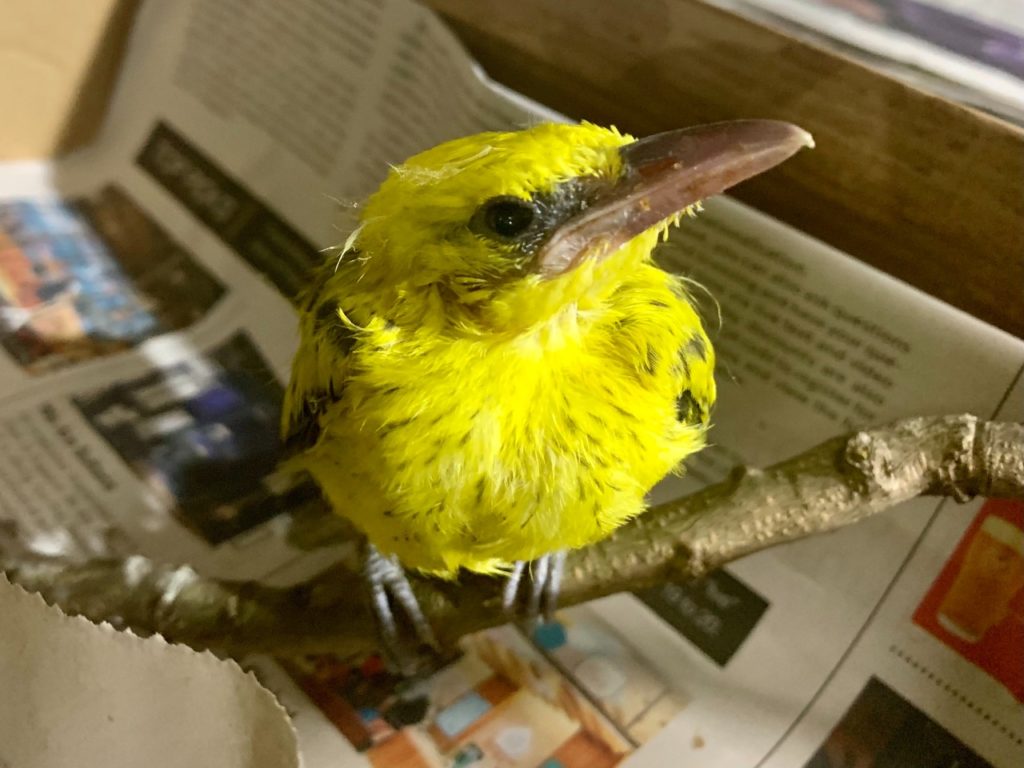
“Clearing green spaces will have a long-lasting effect of causing many wild animals to get displaced [and come into contact with people],” he told Coconuts.
ACRES has a team of 10 staff, including a vet, and a roster of 18 volunteers working on shifts around the clock to handle animal rescue and rehabilitation work.
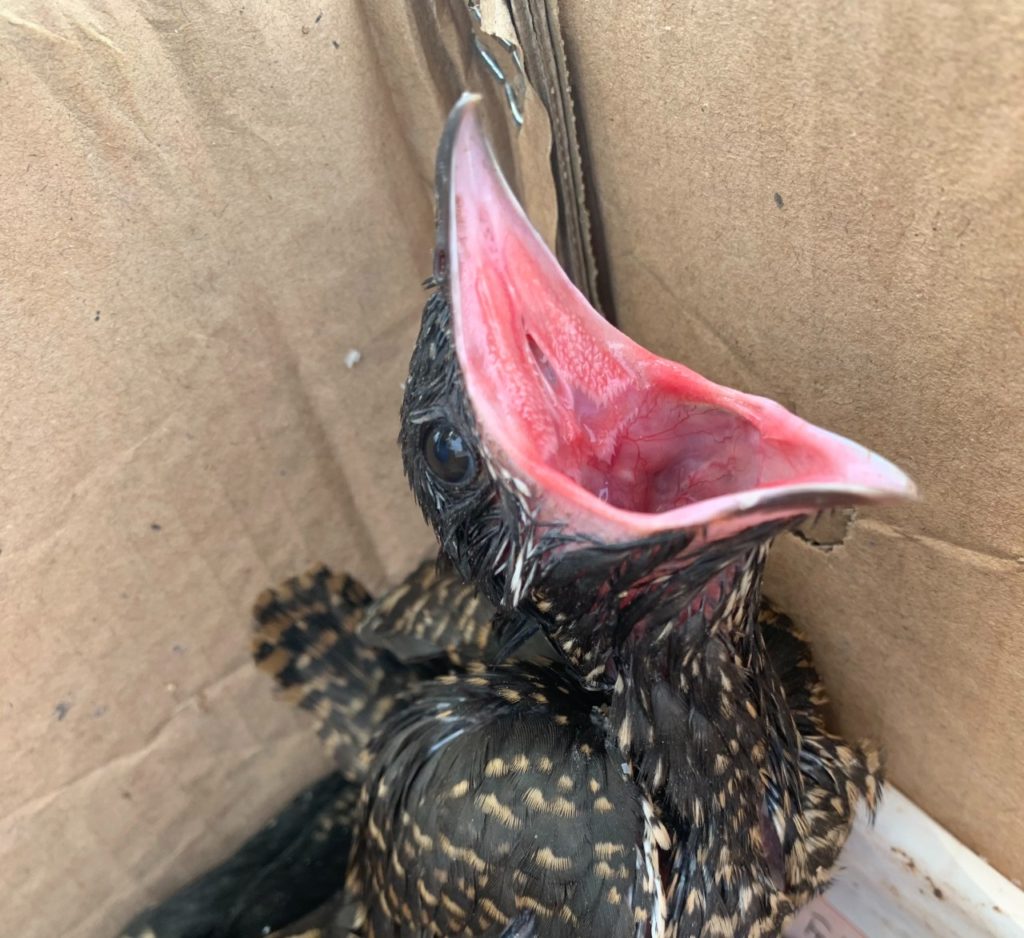
“From rescuing snakes stranded in erosion blankets, to birds getting stuck in glue traps, it has been nonstop for our team,” Vanan said.
“Our veterinary team has been swamped with injured or sick animals, including an endangered Black-crowned night heron that has been under recovery after sustaining severe injuries from being stuck in a railing,” he said.
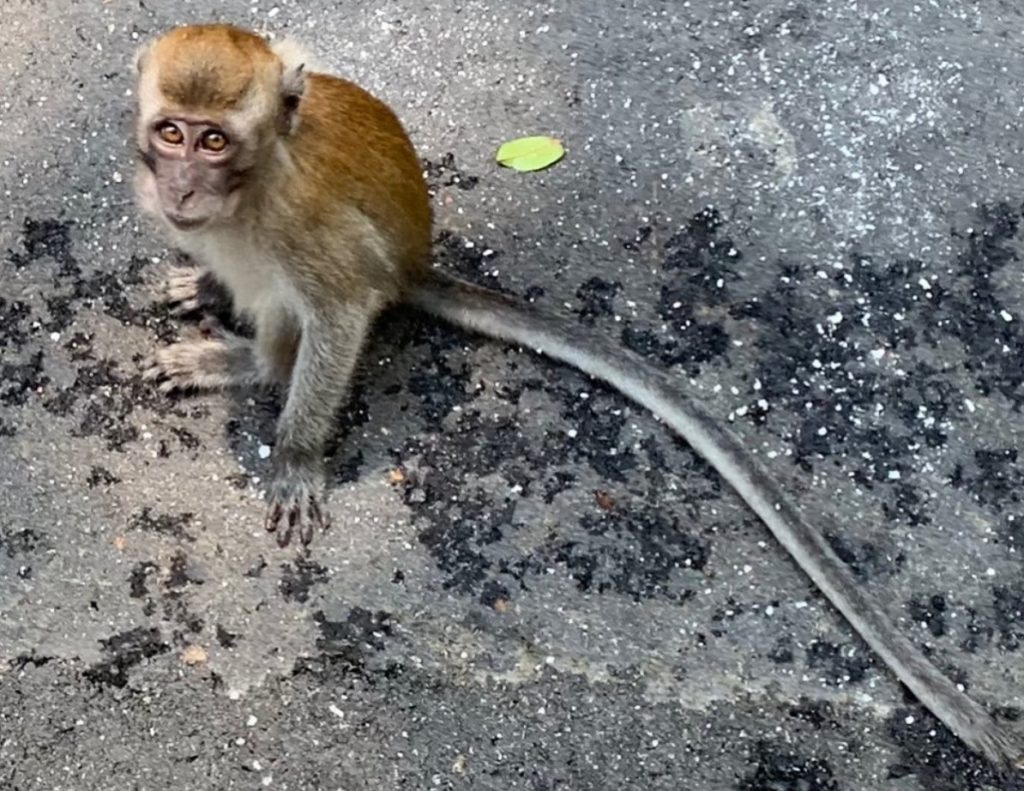
Meanwhile back in its sanctuary in Choa Chu Kang, ACRES is taking care of more than 150 victims of the illegal wildlife trade, including Indian star tortoises, which are usually smuggled from India for the pet trade, and pig-nosed turtles native to Australia and Papua New Guinea.
“As our call volume increases, it is no longer just about trying to reach every animal in time. It is also a question of how we are going to help each individual back at our centre. Manpower, space and fatigue are big issues that we are facing currently,” he said.
Next year, ACRES is planning to create more rehabilitation enclosures and launch a new rapid-response rescue team to attend to smaller animals quickly to lessen the burden on the core rescue team.
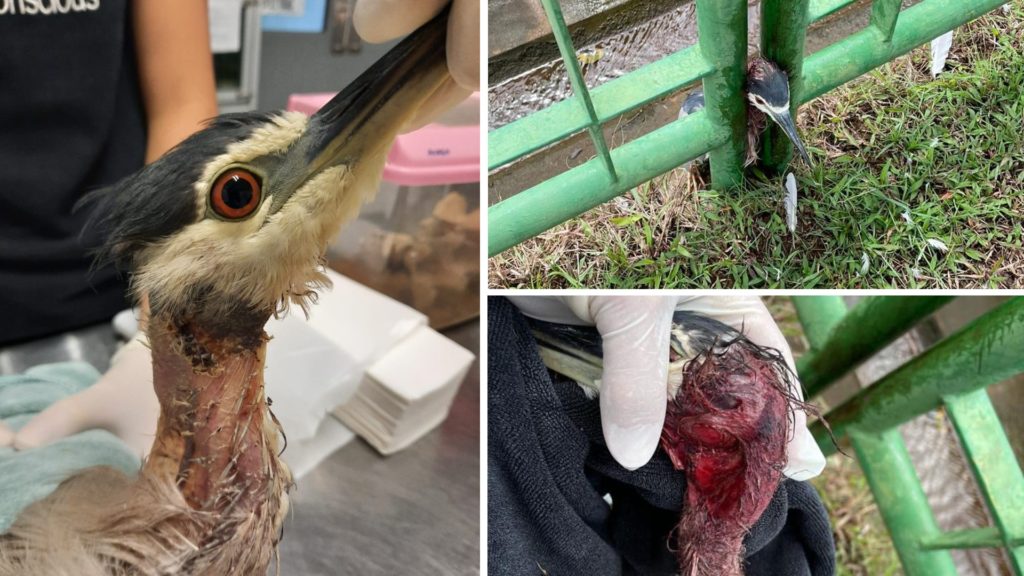
Other stories:
Three trees are cut down each year for every Singaporean: study
Hate Singapore’s pigeons? Poisoning them achieves nothing. Please stop.
